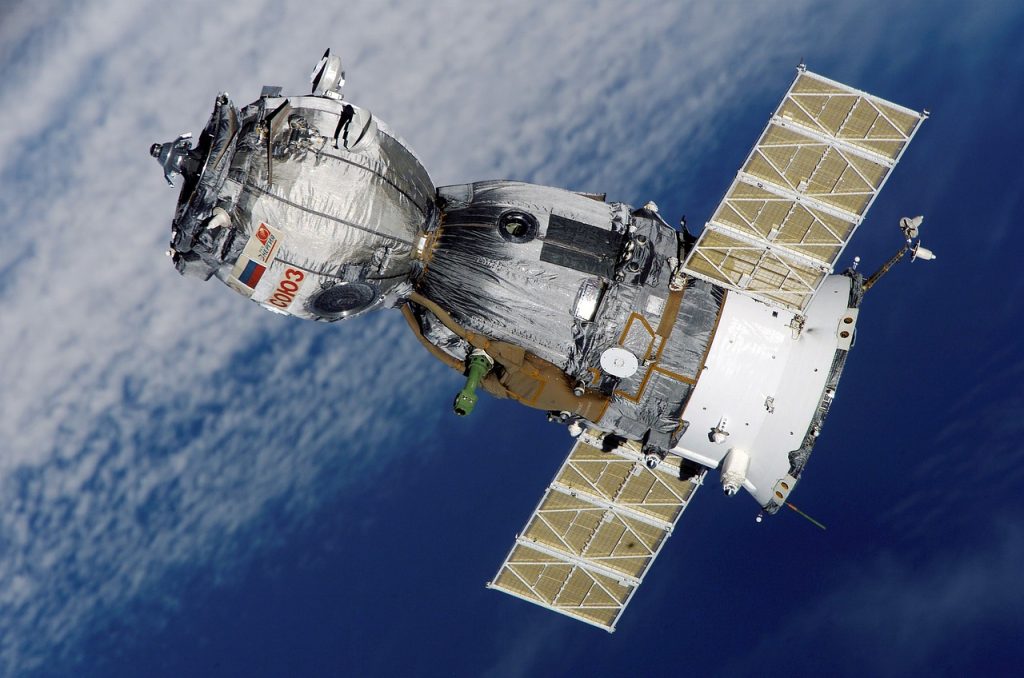Electrical Engineering +
Slovenian scientists’ interest in space technologies began many years ago, since in 1929 Herman Potočnik-Noordung published the seminal book “The Problem of Driving in Space”. Already from this early period, a group of Slovenian scientists and engineers dedicated their work to activities devoted to space.

Professor Matjaž Vidmar and colleagues from the Faculty of Electrical Engineering became involved in foreign satellite projects and published books on space technologies in co-authorship with Professor Drago Matko. In 2009, the faculty was the founder of the Slovenian Center of Excellence for Space-SI. Space technologies are currently in the process of a revolutionary transition, which is particularly pronounced in the field of micro and nano satellites, where the radical miniaturization of integrated subsystems and relatively affordable commercial building blocks has led to a significant reduction in the cost of developing, launching and using satellites. As a result of these radical changes, Slovenia has entered a field that was previously reserved only for large research institutions from economically strong countries. An essential role in this is played by the Faculty of Electrical Engineering, which educates personnel in the field of high-frequency satellite technology, navigation satellite systems and automatic control of satellite systems.
The ground station for the first Slovenian high-resolution microsatellite for Earth observation, NEMO-HD, is located on the roof of the Faculty of Electrical Engineering. Researchers from the Faculty of Electrical Engineering cooperate with scientific institutions within the European Space Agency and beyond, as well as with companies that develop equipment for space use.
The field of photovoltaics plays a key role in ensuring the energy needs of all types of space technology applications. At the Faculty of Electrical Engineering, intensive research is being carried out on multi-junction high-efficiency solar cells that would provide all the necessary electrical energy even in conditions of limited lighting, for example for satellites in low Earth orbit or for interplanetary probes. Minimization of weight is also an important research aspect, whereby thin-film cells are developed, which, due to their lightness and flexibility, are suitable for installation on large surfaces, such as solar panels or solar sails. Last but not least, solar cells for space technologies must also demonstrate high resistance to external factors, such as cosmic radiation and the solar wind, which requires the development of new advanced materials with a lower degradation rate.


